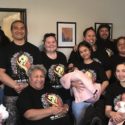Te Mātau-a-Māui marae open days
In a beautiful display of manaakitanga, tangata whenua at three Ngāti Kahungunu marae recently offered all members of the wider Te Mātau-a-Māui, Hawke’s Bay community the opportunity to learn about iwi history, their way of life and the values that sustain them.
They held open days at each marae over the first weekend in October and hundreds of people of all ages, backgrounds and ethnic communities jumped at the chance to learn more about their neighbours.
The open-hearted invitation from Matahiwi in Clive, Mangaroa at Bridge Pa and Ōmahu at Fernhill was shared widely throughout their rohe.
“Whether you’re from the marae or not, whether you’re Māori or not, it doesn’t matter – these open days are for everyone. Haere mai.”

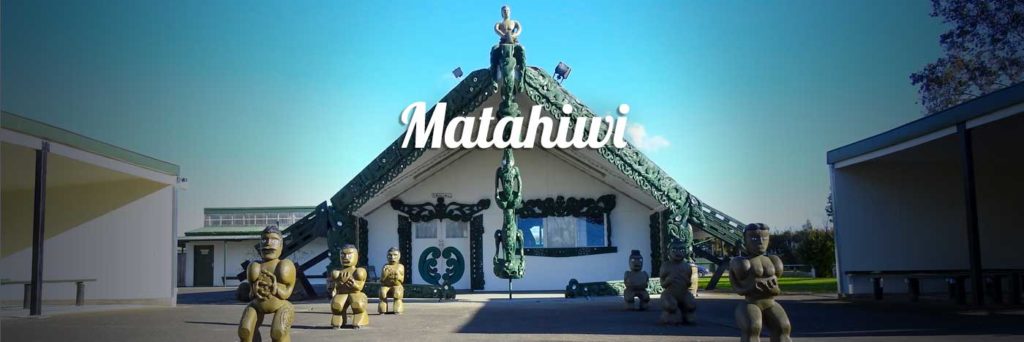

Community strengthened at the open days
Those who chose to walk through each tomokanga (entrance way) were guided through the pōwhiri and kawa of that marae before sharing kai. They went on to enjoy a day of learning, excellent korero and manaakitanga at its best.
There were tours of significant sites, exhibitions and kōrero on marae and tangata whenua history, how marae operate and their contribution to the community.
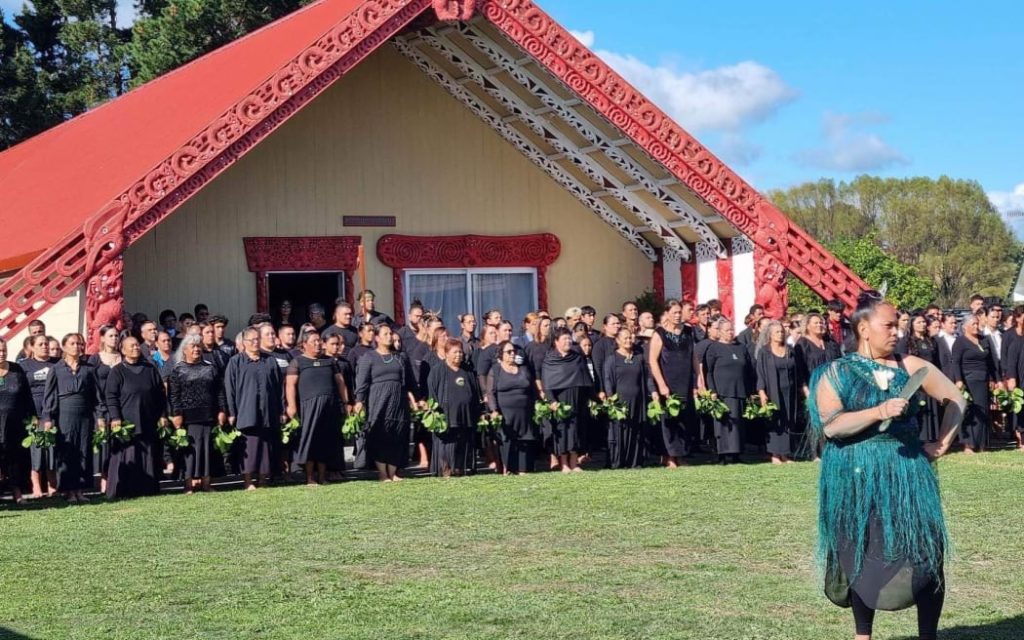
At Mangaroa, there were stalls showcasing oranga and wellbeing, employment opportunities, Māori education and even local fashion. Local council candidates were there to encourage participation in upcoming elections and Multicultural New Zealand came to tautoko the kaupapa. A group of local horticulturalists engaged with whānau about competing uses of dwindling water supplies in the rohe, and Tangata Tiriti Aotearoa, a multicultural group there to promote kotahitanga among all.
Kotahitanga at the heart of things
Co-chair of the Marae Māori Committee, Thompson Hokianga, is also the kaiwhakahaere of Te Aka, an educational trust with strong community links that E Tū Whānau has supported for over a decade.
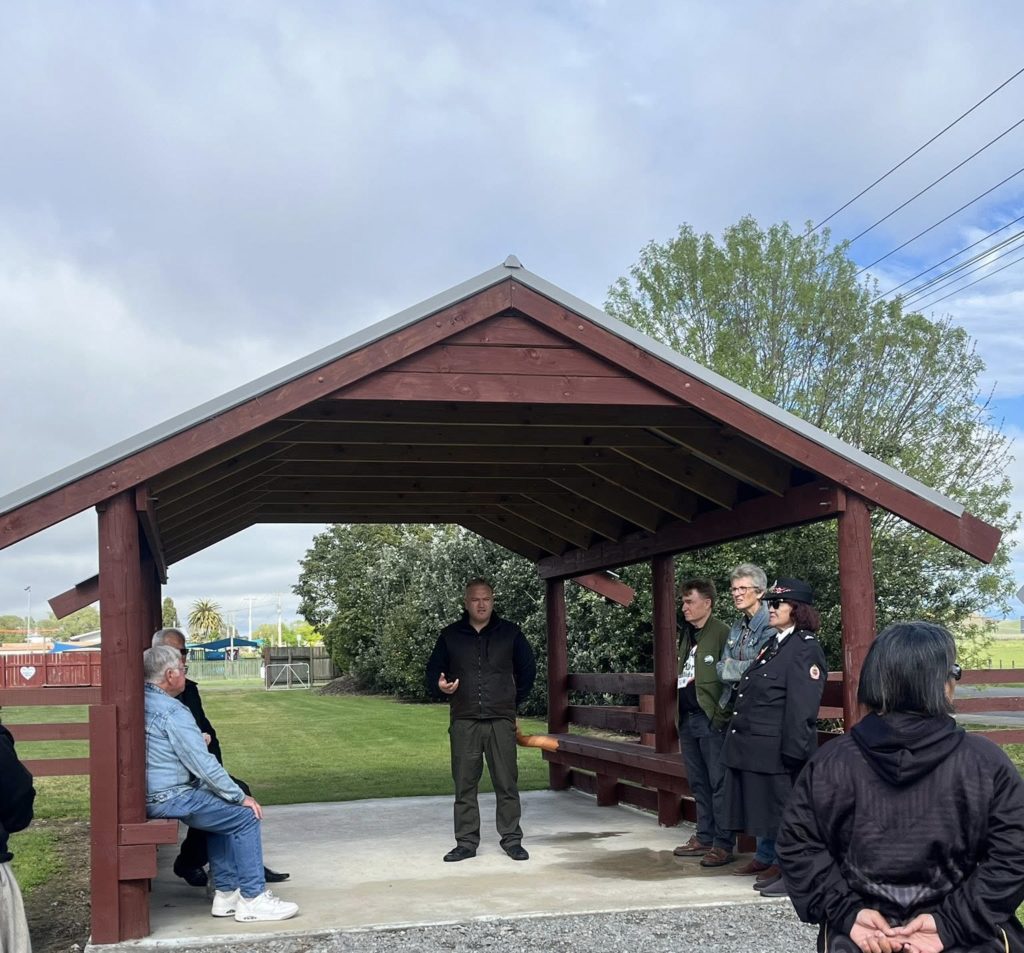
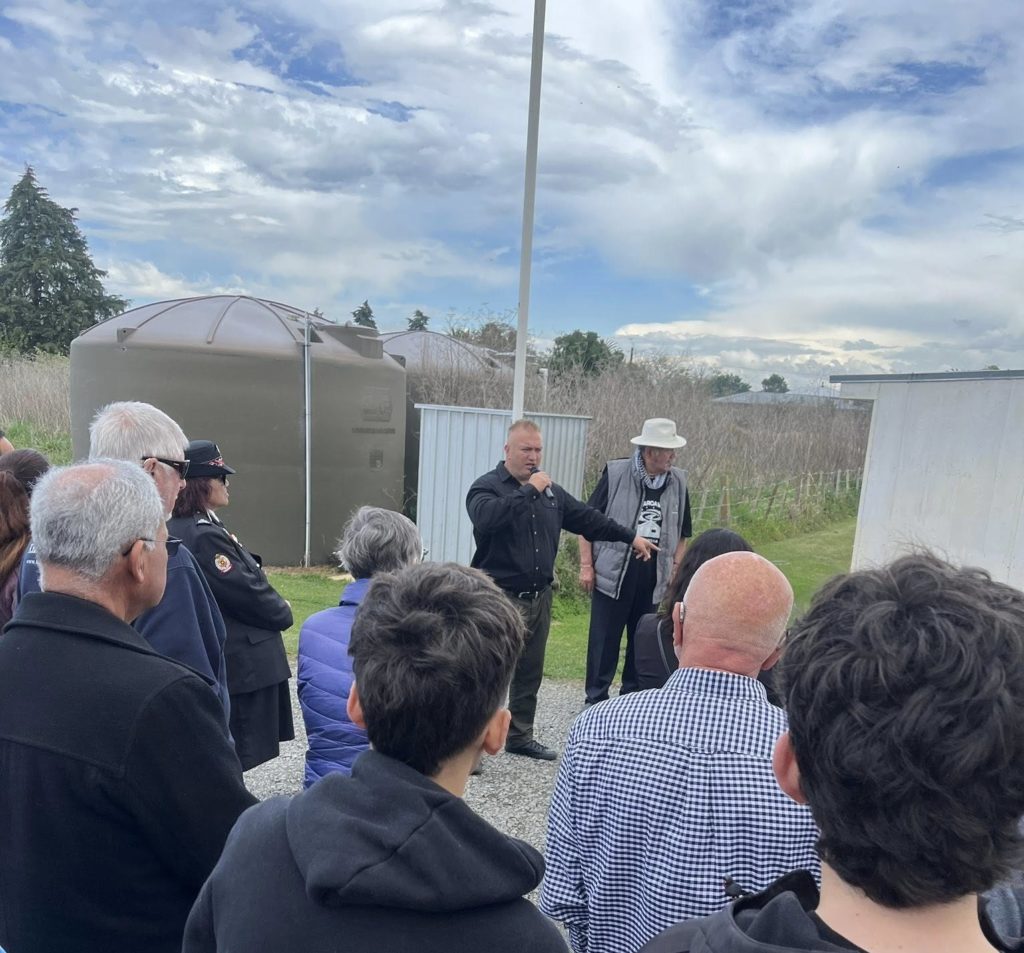
Thompson describes Te Aka as “growing tamariki to serve their community as young leaders of today so that they are more confident tomorrow”.
“We led the organisation of the open day at Mangaroa, with E Tū Whānau support,” Thompson says.
During the Mangaroa open day, Thompson showcased both kaupapa, sharing our resources and talking to manuhiri about Te Aka and the role of E Tu Whānau in communities.
The feedback from both tangata whenua and manuhiri about all three marae open days was overwhelmingly positive.
“It was an outstanding success. We’re going to build on the success and the kotahitanga at its centre.”



